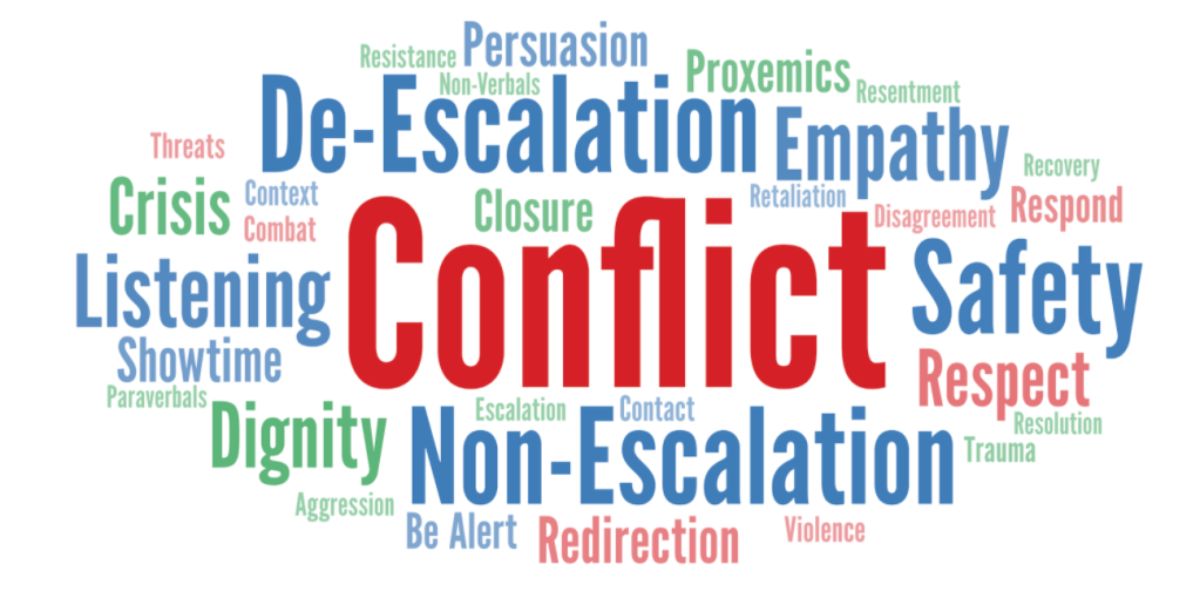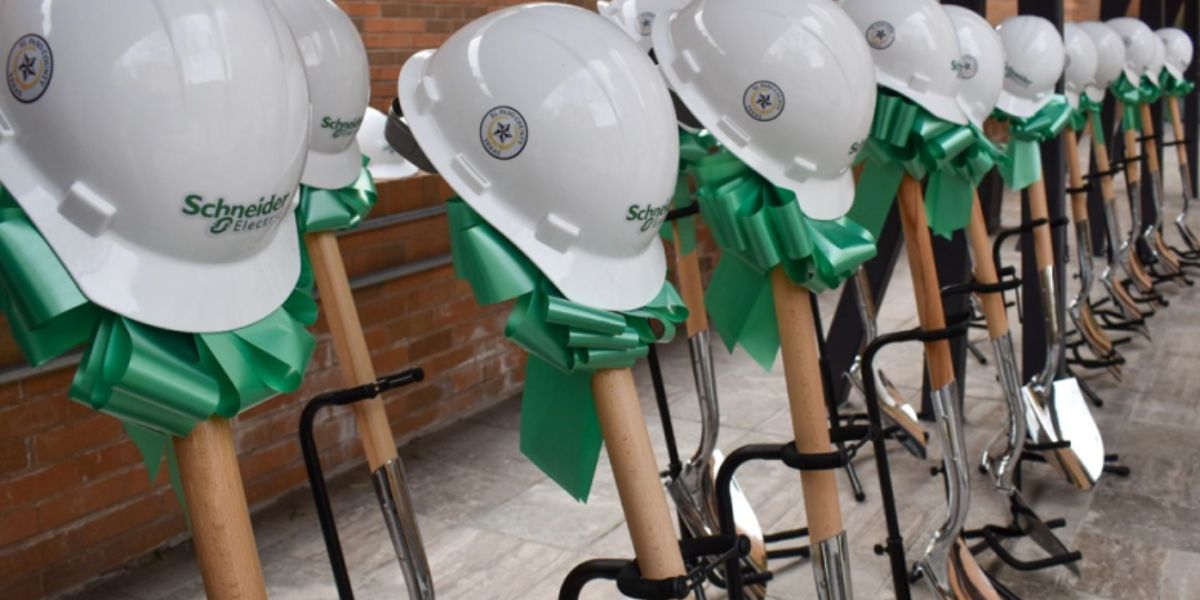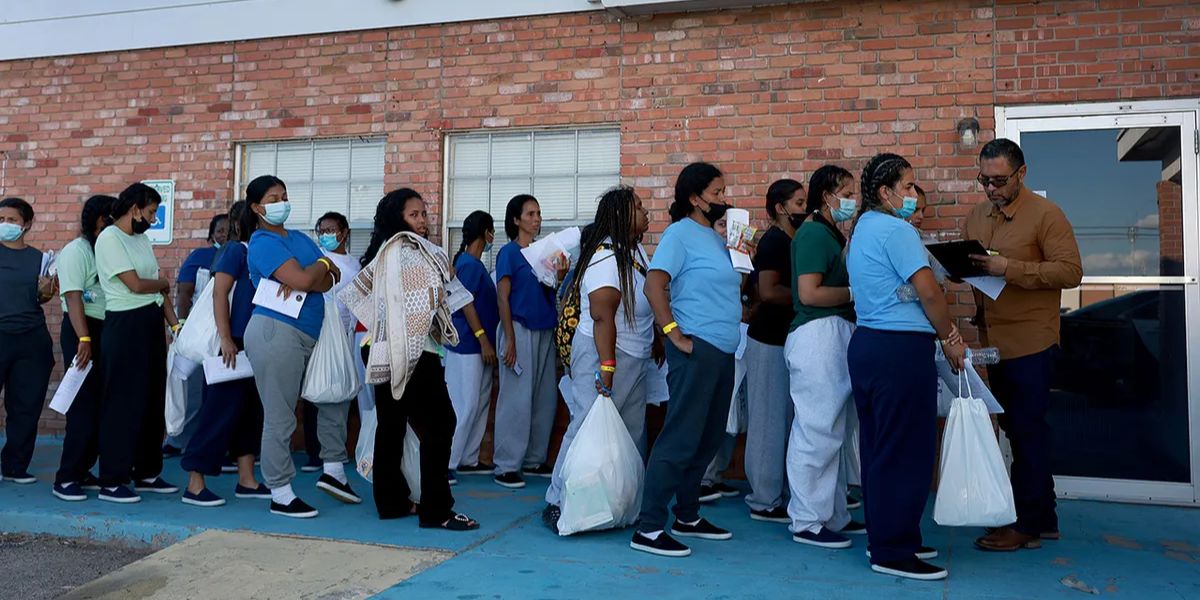El Paso, TX – In moments of crisis, the way a first responder communicates can mean the difference between escalation and resolution. Across West Texas and the nation, de-escalation training is reshaping how police officers, firefighters, and emergency medical personnel approach high-tension situations — replacing confrontation with calm, and authority with empathy.
The Growing Importance of De-escalation
For decades, first responders were trained primarily in control and command techniques, focusing on securing compliance quickly. But as communities called for more humane, trauma-informed approaches, agencies began to recognise that forceful responses often worsen conflicts rather than resolve them.
Table of Contents
In El Paso, these lessons have taken on special meaning after incidents highlighting the importance of communication, patience, and psychological understanding in public safety work. Today, local departments are leading the way in implementing evidence-based de-escalation training designed to protect both responders and civilians.
What De-escalation Training Actually Teaches
De-escalation isn’t about hesitation — it’s about reading people, slowing down, and managing emotional intensity. Training typically includes:
- Active listening techniques to ensure individuals feel heard rather than cornered.
- Body language awareness, reducing physical cues that can trigger fear or aggression.
- Tone control and empathy-based dialogue, focusing on reassurance instead of authority.
- Scenario-based simulations using real-life community encounters to improve decision-making under stress.
As Daniela Ramos, a certified mediator and violence prevention strategist in El Paso, explains:
“De-escalation teaches responders how to work with emotion instead of against it. The goal isn’t to win an argument — it’s to make sure everyone goes home safely.”
Impact on Policing and Community Relations
Across Texas, police departments that incorporate consistent de-escalation practices report fewer use-of-force incidents and higher community trust. The El Paso Police Department began integrating de-escalation into its Crisis Intervention Team (CIT) model in collaboration with mental health professionals and local advocates.
According to internal assessments, officers trained in de-escalation resolve 60% of volatile encounters without physical intervention, compared to 25% among untrained peers. These results have inspired regional expansions into border counties and sheriff’s offices.
“It’s about safety and dignity,” says Ramos. “When officers shift from control to communication, people see law enforcement not as a threat, but as a stabilizing presence.”
Extending Beyond Law Enforcement
De-escalation principles now extend beyond policing. Paramedics and firefighters are also learning how to respond to individuals in psychological distress or trauma-related crises. In cases such as domestic disputes, suicide attempts, or substance-related emergencies, a calm, understanding tone can prevent a tragedy.
Programs supported by the Texas Department of Public Safety and El Paso Fire Department include joint simulations where responders practice coordinated communication under pressure. This ensures that everyone on scene — from dispatchers to paramedics — speaks the same “language of calm.”
The Science Behind Calm Communication
Neuroscience backs what practitioners have long observed: when responders maintain steady tone, open posture, and deliberate pacing, it helps regulate the other person’s nervous system. This process, known as co-regulation, allows individuals in crisis to shift from a fight-or-flight state toward rational thinking.
De-escalation training equips first responders with tools from psychology and behavioral science to recognize cues of escalating distress — such as pacing, clenched fists, or erratic speech — and intervene before aggression peaks.
Community Feedback and Cultural Shifts
El Paso’s community leaders have praised the program’s results, noting improved relationships between public safety officials and residents. Neighborhood associations, especially in high-tension areas, report that residents now view officers as partners rather than enforcers.
Workshops led by violence prevention advocates are also being held for school security teams, hospital staff, and community volunteers, helping spread these communication skills beyond emergency response. The underlying principle remains universal: calm communication prevents harm.
Challenges in Implementation
While de-escalation training has proven results, it requires consistent reinforcement. Agencies must dedicate time for follow-up practice, role-play sessions, and evaluations. Some first responders initially express skepticism, viewing empathy-driven communication as “soft.” Yet ongoing exposure to real outcomes — fewer injuries, safer encounters — often changes minds.
Funding is another hurdle. Smaller departments in rural West Texas may lack access to certified trainers or simulation technology. State-level grants and cross-agency partnerships are helping bridge that gap, ensuring consistency across regions.
The Future of First Responder Training
The success of de-escalation programs in El Paso points toward a future where every responder — from police officers to paramedics — is also a peacebuilder. As training models evolve, virtual reality simulations and interdisciplinary partnerships will make it easier to build emotional intelligence and response accuracy.
Ramos believes this shift represents more than new skills — it’s a new mindset.
“When first responders are trained to de-escalate, they become agents of healing. They don’t just stop violence — they prevent its return.”
What do you think?
Have you witnessed de-escalation making a difference in your community? Share your thoughts or local stories in the comments below and explore more insights at reachviolenceprevention.org.











